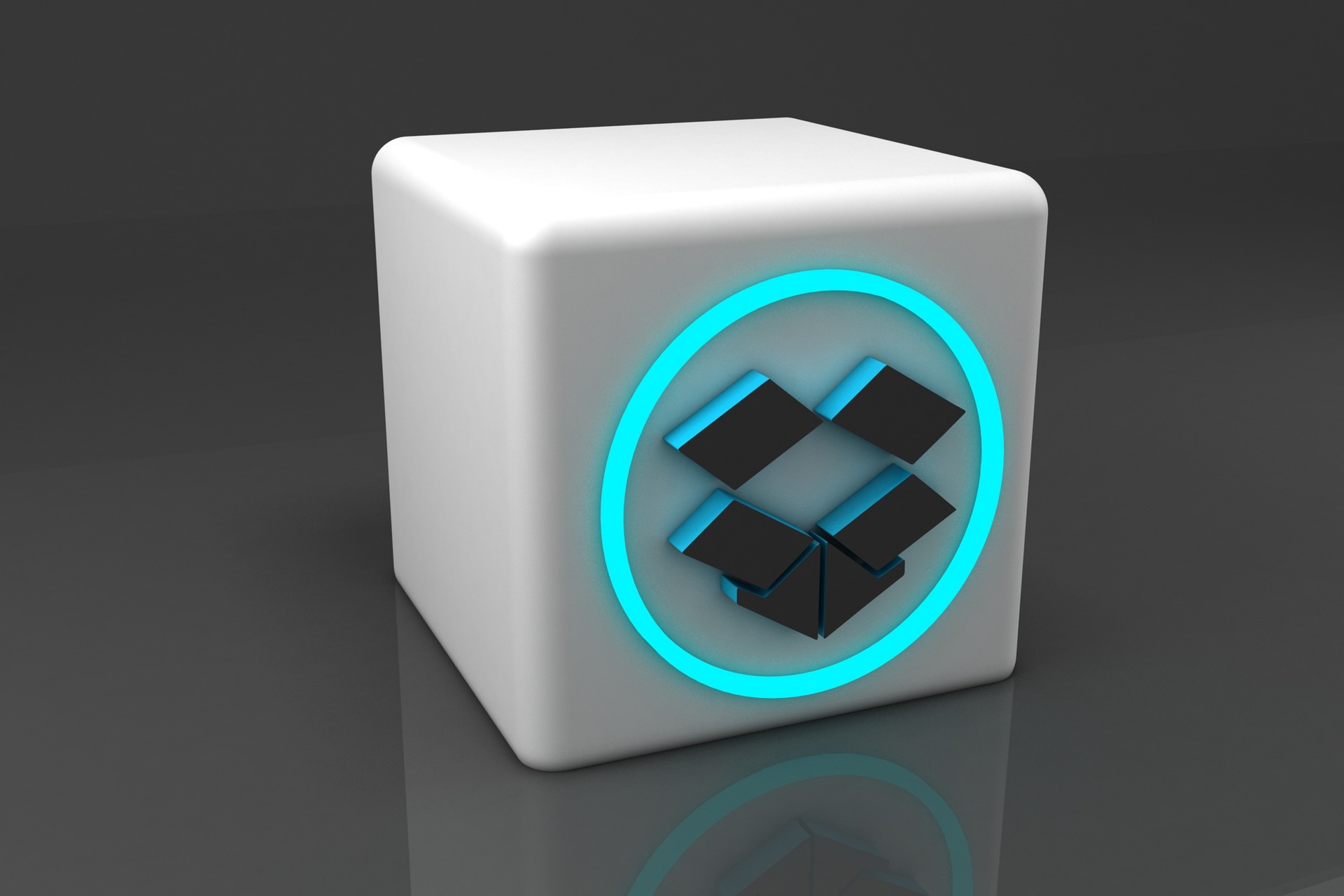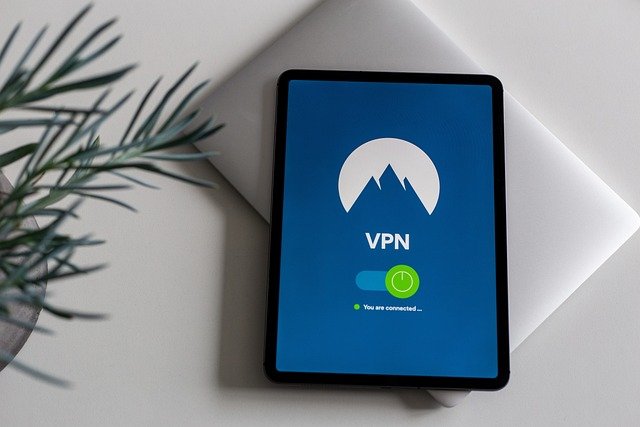Embracing the Potential of Telecommunication in Healthcare
The world of telecommunication has seeped into various sectors, and one that has greatly benefited from its advancements is healthcare. This article delves into how telecommunication has transformed the healthcare industry, how it is currently being used, and its potential future applications.

The Emergence of Telecommunication in Healthcare
Telecommunication technologies have been steadily transforming the healthcare industry for several years. In the late 20th century, the advent of the internet and the proliferation of mobile devices opened up new avenues for healthcare delivery, making it possible for healthcare providers to deliver medical services remotely. This was the beginning of telemedicine, a field that has gained significant traction in recent years.
Current Trends in Healthcare Telecommunication
Today, telecommunication technologies are at the heart of modern healthcare. Telemedicine has become a vital part of healthcare delivery, especially in the wake of the COVID-19 pandemic. From virtual consultations and remote patient monitoring to electronic health records and telehealth apps, technology is making healthcare more convenient, efficient, and accessible.
Furthermore, cloud computing and data analytics have transformed the way patient data is stored and analyzed, helping healthcare providers make more informed decisions, improving patient outcomes, and enhancing healthcare services.
The Impact of Telecommunication in Healthcare
The impact of telecommunication technologies in healthcare is profound and far-reaching. For starters, telemedicine has made healthcare more accessible to people living in remote areas and those with mobility issues. It’s also providing a lifeline for healthcare providers during the current pandemic, allowing them to continue offering services while minimizing exposure to the virus.
Additionally, digital health platforms are empowering patients to take control of their health by providing them with access to their health data, tools to monitor their health, and resources to manage their conditions.
However, as with any technology, there are challenges. Privacy and security concerns, regulatory hurdles, and technological disparities are some of the issues that need to be addressed to fully harness the potential of telecommunication in healthcare.
The Future of Telecommunication in Healthcare
Looking ahead, the future of telecommunication in healthcare is promising. As technologies continue to evolve, we can expect to see more advanced applications of telecommunication in healthcare, including artificial intelligence in diagnosis and treatment, virtual reality in therapy, and wearable technology in patient monitoring.
In conclusion, telecommunication is revolutionizing healthcare. It’s making healthcare more accessible and efficient, improving patient outcomes, and paving the way for innovative healthcare solutions. Despite the challenges, the potential benefits are immense, and it’s clear that telecommunication will continue to play a pivotal role in healthcare in the years to come.




